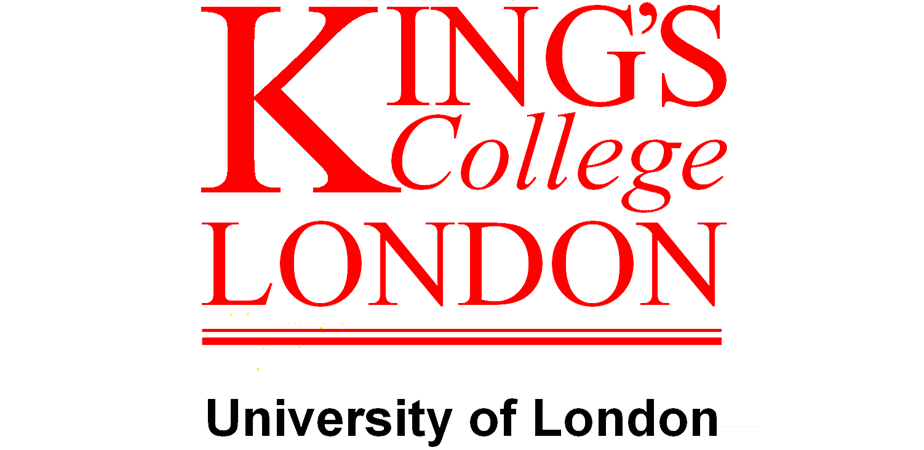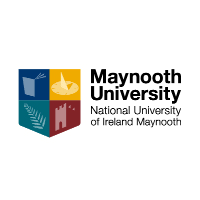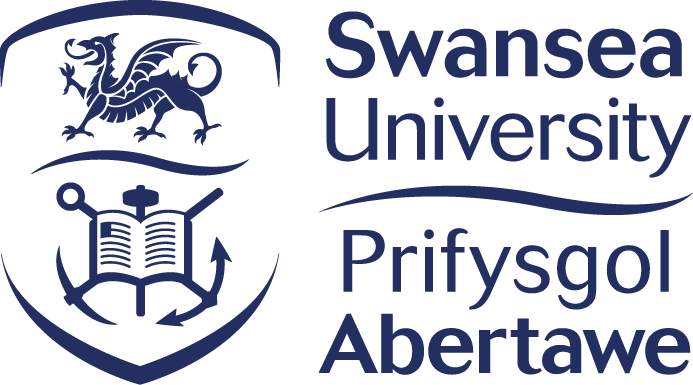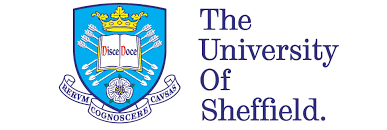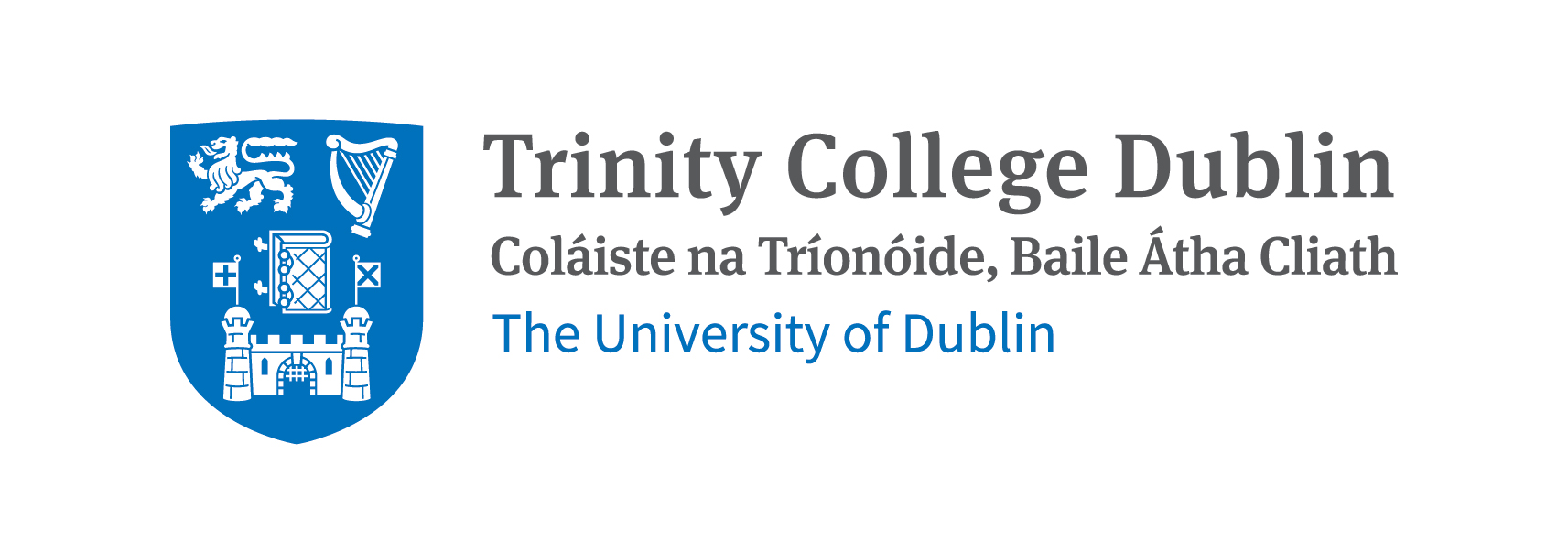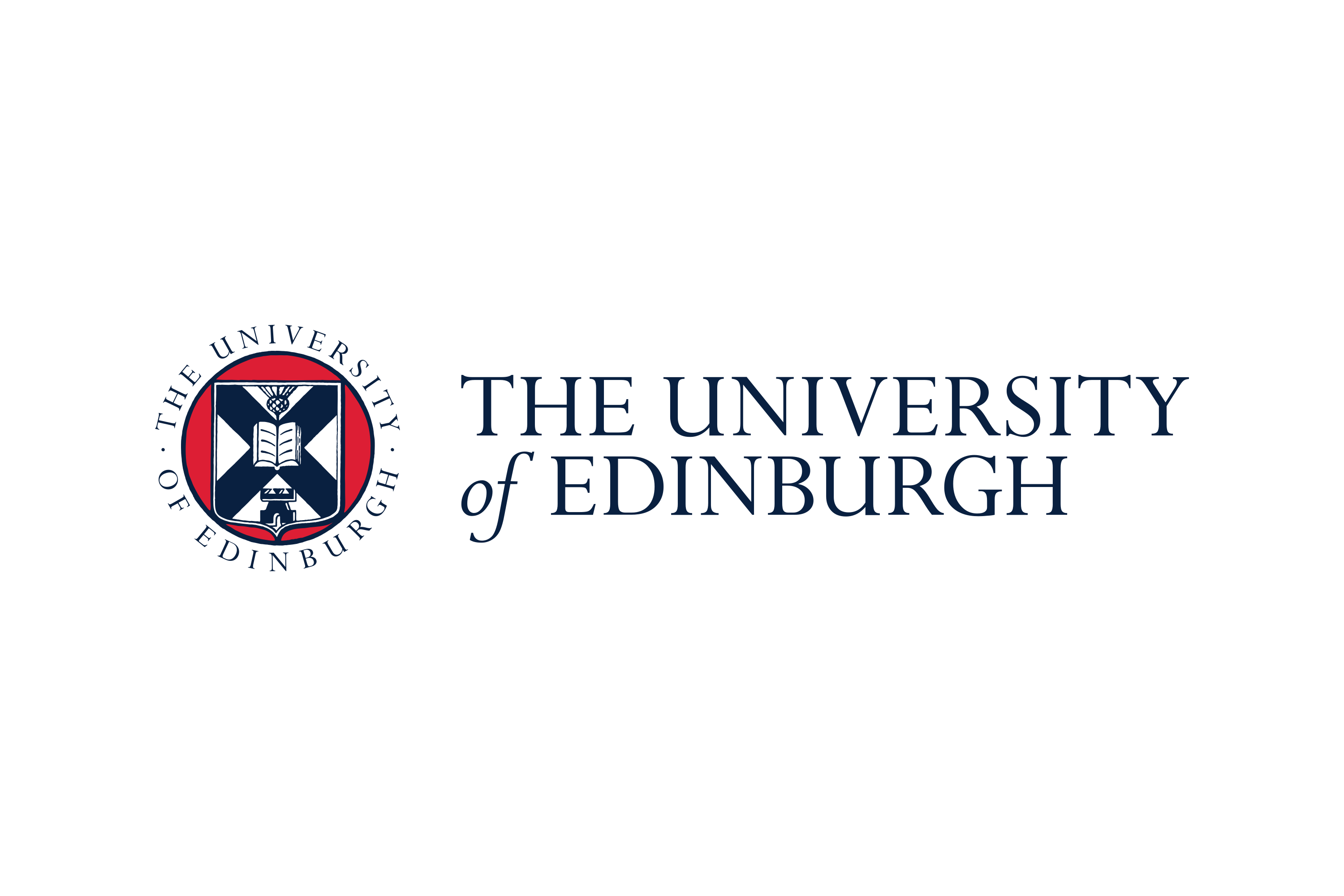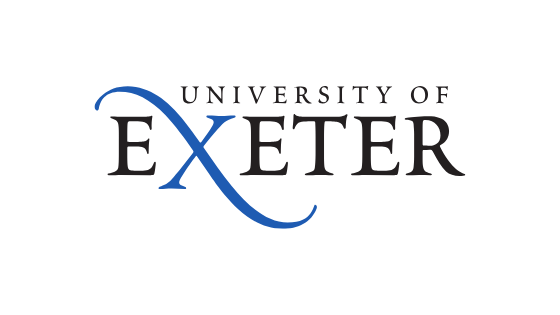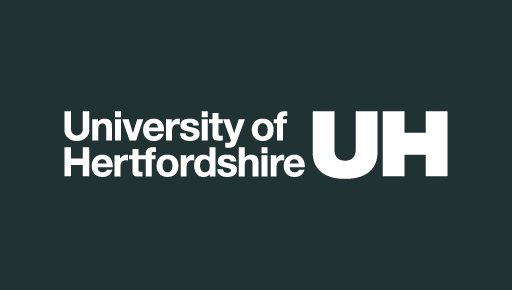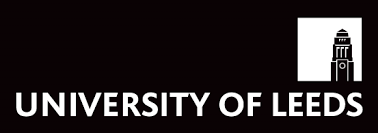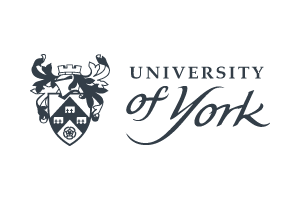Theoretical Physics: Unraveling the Universe's Mysteries Abroad
Are you an Indian student passionate about the fundamental laws of the universe? Theoretical Physics offers a gateway to exploring the deepest questions of existence, from quantum mechanics to cosmology. Studying this discipline abroad can transform your academic journey, providing access to world-class faculty, cutting-edge research facilities, and global networks. For Indian students, pursuing Theoretical Physics overseas means bridging traditional Indian education with innovative international perspectives, preparing you for groundbreaking careers in science and technology.
Why Choose Theoretical Physics?
Theoretical Physics is the branch of physics that develops mathematical models to explain natural phenomena without direct experimentation. Unlike experimental physics, it relies on abstract thinking, advanced mathematics, and computational simulations to predict outcomes. This field powers innovations in quantum computing, particle physics, and astrophysics.
For Indian students, Theoretical Physics abroad stands out because:
- Global Exposure: Indian universities like IITs and IISc offer excellent foundations, but abroad programs delve deeper into interdisciplinary research, collaborating with institutions like CERN or NASA.
- Research Opportunities: Access to advanced tools like supercomputers and telescopes that may be limited in India.
- Career Boost: Degrees from top foreign universities enhance employability in India's growing tech and research sectors, including ISRO or private firms like Tata Consultancy Services.
- Cultural and Personal Growth: Immersing in diverse environments fosters critical thinking and adaptability, essential for global scientists.
With India's space ambitions and quantum tech initiatives, a degree in Theoretical Physics positions you at the forefront of national progress while opening international doors.
Top Universities for Theoretical Physics Abroad
Selecting the right university is crucial. Here are some premier institutions renowned for their Theoretical Physics programs, tailored for Indian students seeking quality education and scholarships.
| University | Location | Key Strengths | Popular Programs | Tuition (Approx. per year for International Students) |
|---|---|---|---|---|
| University of Cambridge | UK | Strong in quantum field theory; collaborations with Perimeter Institute | MPhil in Physics; PhD in Theoretical Physics | £25,000 - £35,000 |
| California Institute of Technology (Caltech) | USA | Excellence in cosmology and string theory; Nobel laureates on faculty | BS/MS in Physics; PhD with theoretical focus | $50,000 - $60,000 |
| ETH Zurich | Switzerland | Focus on mathematical physics; affordable for EU but scholarships for Indians | MSc in Theoretical Physics; Doctoral programs | CHF 1,500 (low tuition) |
| Princeton University | USA | Renowned for particle physics and general relativity | AB in Physics; Graduate studies in theory | $55,000 - $65,000 |
| University of Tokyo | Japan | Advancements in high-energy physics; growing ties with Indian institutions | MS/PhD in Theoretical Physics | ¥500,000 - ¥800,000 |
These universities often prioritize Indian applicants through dedicated scholarships like the Inlaks Shivdasani Foundation or Fulbright-Nehru programs, easing financial burdens.
Typical Course Structure and Curriculum
Theoretical Physics programs abroad are rigorous, blending core physics with advanced mathematics. Undergraduate degrees (BS/BSc) last 3-4 years, while master's (MS/MSc) take 1-2 years, and PhDs 4-6 years. Expect a mix of lectures, seminars, and thesis work.
Core Subjects
- Classical Mechanics: Lagrangian and Hamiltonian formulations for understanding motion at macroscopic scales.
- Quantum Mechanics: Wave functions, Schrödinger equation, and entanglement—crucial for modern tech like semiconductors.
- Electromagnetism: Maxwell's equations and relativity, foundational for wireless communication.
- Statistical Mechanics: Thermodynamics and phase transitions, applied in materials science.
- Mathematical Methods: Differential equations, group theory, and tensor analysis to model complex systems.
Advanced Topics
In graduate programs, you'll explore:
- Quantum Field Theory: Merging quantum mechanics with special relativity for particle interactions.
- General Relativity and Cosmology: Black holes, Big Bang theory, and universe expansion—ideal for aspiring astrophysicists.
- String Theory and Beyond: Attempting to unify all forces, a hotbed for theoretical innovation.
- Computational Physics: Using Python, MATLAB, or C++ for simulations, bridging theory with data.
Many programs include electives like Condensed Matter Theory for quantum materials or High-Energy Physics for collider experiments. Indian students benefit from flexible curricula that allow incorporating Vedic mathematics or Ayurveda-inspired interdisciplinary studies in some progressive universities.
Eligibility and Admission Requirements for Indian Students
Gaining admission requires strong academics and preparation. Most programs seek:
- Academic Qualifications: 10+2 with Physics, Mathematics, and Chemistry (minimum 85-90% from CBSE/ICSE). For postgrad, a bachelor's in Physics/Engineering from a recognized Indian university (e.g., IIT, Delhi University) with GPA 3.5+.
- Standardized Tests: GRE Physics (for USA/Canada), IELTS/TOEFL (6.5+/90+ scores), or GATE for some scholarships.
- Letters of Recommendation: 2-3 from professors highlighting research aptitude.
- Statement of Purpose (SOP): Emphasize your passion, perhaps linking to India's scientific heritage like Aryabhata's contributions.
- Research Experience: Internships at TIFR or summer projects boost applications.
Deadlines vary: Fall intake (September) applications due by December-January. Visa processes for Indian students involve proving funds and intent to return, with success rates high for STEM fields.
Career Prospects After Studying Theoretical Physics
A degree in Theoretical Physics opens diverse paths. In India, graduates join DRDO, BARC, or startups in AI and quantum tech. Globally, opportunities abound in academia, industry, and policy.
| Career Path | Job Roles | Average Salary (Starting, USD) | Top Employers |
|---|---|---|---|
| Academia/Research | Postdoctoral Researcher, Professor | 50,000 - 80,000 | IISc, CERN, NASA |
| Tech Industry | Quantum Algorithm Developer, Data Scientist | 70,000 - 120,000 | Google, IBM, Infosys |
| Finance and Consulting | Quantitative Analyst, Risk Modeler | 80,000 - 150,000 | Goldman Sachs, McKinsey |
| Government/Space | Physicist at ISRO, Policy Advisor | 40,000 - 70,000 (India-adjusted) | ISRO, ESA |
Many Indian alumni return as leaders, contributing to initiatives like the National Quantum Mission. PhD holders often secure tenured positions, with employability rates over 95% within six months.
Scholarships and Financial Aid for Indian Students
Studying abroad can be costly, but numerous options exist:
- Government of India Schemes: National Overseas Scholarship (up to ₹20 lakhs for SC/ST students) or JN Nehru Memorial Fund.
- University-Specific: Cambridge Trust Scholarships (full tuition + stipend) or Caltech Fellowships.
- International: Chevening (UK), DAAD (Germany for ETH-like programs), or Fulbright for USA.
- Private: Inlaks or KC Mahindra Scholarships, covering 50-100% costs for meritorious Indians.
Part-time research assistantships (₹10-20 lakhs/year) are common, reducing out-of-pocket expenses. Always check eligibility on official sites.
Application Tips and Student Life Abroad
To succeed:
- Start early: Prepare for tests 6-12 months in advance.
- Build a Portfolio: Publish papers in journals like Pramana or present at conferences.
- Network: Join Indian student associations abroad for support.
Life abroad as an Indian Theoretical Physics student is enriching. Expect vibrant campuses with Indian food societies, Diwali celebrations, and yoga clubs. Challenges like cultural adjustment are offset by supportive communities. In the UK or USA, you'll engage in hackathons and stargazing trips, fostering lifelong friendships. Returning to India, you'll bring global insights to advance our scientific landscape.
Embark on this cosmic adventure—Theoretical Physics abroad awaits to ignite your intellectual spark!

